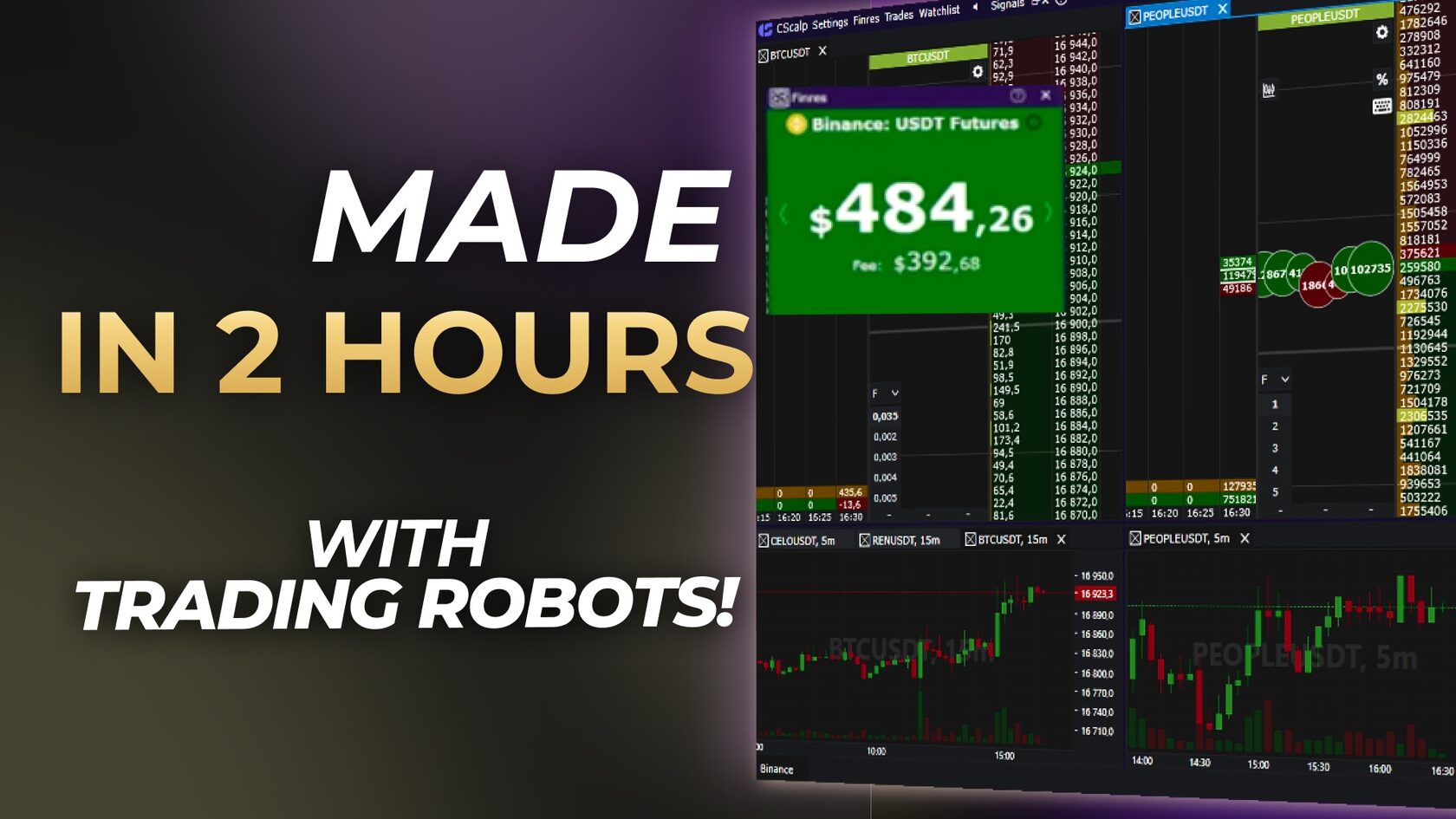Timing is a crucial factor in securing profitable opportunities in trading. In the 24/7 crypto market, knowing the best hours to trade is vital for optimizing your strategies and boosting your profits. This article will guide you through understanding optimal crypto futures trading hours, considering different time zones and price movements. Learn about aligning with major market hours, the importance of weekly close times, and identifying favorable trading conditions. We’ll also explore how market liquidity and volatility affect futures trading, helping you to navigate the crypto market effectively.

Understanding Crypto Futures Trading Hours & Time Zones
Peak trading activity often occurs during U.S. market hours. However, knowing exactly when to trade can lead to better profit opportunities. The round-the-clock nature of the crypto market means identifying times when U.S. hours overlap with your local time can be beneficial.
Aligning your trading schedule with U.S. market hours can lead to increased liquidity and trading opportunities. This period typically sees more activity, higher trading volumes, and significant price fluctuations, offering better chances for trade execution and market movement capitalization.
Most crypto scalpers adhere to a certain daily routine. They "open" their trading session in the morning and "wind down" in the evening, or work in the market when traders from Asia or the U.S. are active.
When Are the Best Crypto Futures Trading Hours?
Here are the best futures trading hours:
12:30 am – 3:30 am GMT/ 6:30 pm – 9:30 pm CT/ 7:30 pm – 10:30 pm EST/ 4:30 pm – 7:30 pm PT
During these hours, you'll find that the major crypto markets in the United States, such as New York, are still buzzing with activity. This is your chance to capitalize on the overlap of your early morning with the active U.S. afternoon market. You can expect increased trading volume and liquidity, along with significant price movements, making it an ideal time for you to engage in active trading strategies.
This period corresponds to the late trading hours of the U.S. market, a major hub in the crypto world. The U.S. market's movements significantly impact global crypto prices. Increased volatility during these hours provides active traders with the chance to exploit price movements for potential gains. The U.S. economic announcements and global events typically occur around this time, offering a chance to adjust trades in response to market-impacting news.
This period is particularly suitable for day traders and those targeting short-term market movements, as well as setting up swing trades to capitalize on overnight trends.
4:00 pm – 7:00 pm GMT/ 10:00 am – 1:00 pm CT/ 11:00 am – 2:00 pm EST/ 8:00 am – 11:00 am PT
At this time, European markets, including London, begin to open. This overlap provides you with exposure to both the U.S. and European markets. You will typically experience heightened trading volume during these hours, leading to enhanced liquidity and potentially more favorable conditions for your trades.
Europe's markets are significant for crypto trading, contributing substantial volume.
There's an overlap of Asian markets closing and European markets opening, bringing a mix of trading styles and strategies. Greater liquidity during European opening hours leads to smoother trade executions and more effective price discovery. Favorable for traders who analyze overnight trends and set trades based on the morning's market sentiments.
What to Do on the Weekends (Saturday and Sunday)?
Given the 24/7 nature of the crypto market, weekends can offer you unique trading opportunities. With generally reduced trading activity, weekends are an excellent time for you to analyze charts in detail, conduct thorough research, and plan your strategies for the upcoming week. Moreover, be aware that major news announcements or events that occur over the weekend can cause market volatility, presenting you with potential trading opportunities.
Adapting to market changes and understanding global market dynamics are crucial. These suggested times should align with your trading style and risk tolerance.
Scalping Trading Mechanics
A trader opens a position, for example, in a long, and waits for the price to rise. As soon as the price jumps up and starts bringing profits, the scalper closes the position and looks for the next opportunity. The profit from a scalping trade is usually small. It can be a fraction of a percent. Significant income accumulates due to the volume. It's important to note that scalping involves dozens of trades each day, and that is how the result is multiplied.
At the start of the trading day, the trader selects 5–15 instruments through the free CScalp’s cryptocurrency screener, monitors them, and waits for the right moment to open a position. Trading requires dynamics, meaning dense volumes, volatility, and the transactions of other participants. Scalpers prefer the so-called hot assets with fluctuating prices. There's nothing for a scalper to do in a dead market. Sometimes, the exchange is static, with no volatility or liquidity. On such days, scalpers end up without a catch. It's better to wait than trade under unsuitable conditions. However, such situations are rare.
At the start of the trading day, the trader selects 5–15 instruments through the free CScalp’s cryptocurrency screener, monitors them, and waits for the right moment to open a position. Trading requires dynamics, meaning dense volumes, volatility, and the transactions of other participants. Scalpers prefer the so-called hot assets with fluctuating prices. There's nothing for a scalper to do in a dead market. Sometimes, the exchange is static, with no volatility or liquidity. On such days, scalpers end up without a catch. It's better to wait than trade under unsuitable conditions. However, such situations are rare.
Factors Affecting Trading Time Frames
The timing of your crypto trades can significantly impact your success. Here are the key factors to consider:
- Market Volatility: Seek out times with higher volatility for greater profit opportunities.
- Trading Volume: High volume indicates increased liquidity and smoother trades.
- Overlapping Market Hours: Multiple open markets mean more activity and opportunities.
- Economic News and Events: Be aware of market-moving events.
- Time Zone Differences: Align your trading with the key hours of significant global markets.
- Trading Style and Goals: Your trading approach determines your ideal trading times.
- Personal Availability: Trade when you can focus on the market.
- Technical Analysis Patterns: Some strategies are more effective during specific times.
- Weekend and Holiday Effects: Adjust for quieter periods.
- Individual Preferences: Customize your trading times based on your experience and comfort.
What to trade is not important. The main thing is the liquidity of the instrument and the volume of trades. Therefore, scalping is possible in the stock market, futures, exchange commodities, and cryptocurrencies. Often, a single trader trades on 3–4 markets simultaneously. In the morning, they trade shares of a bank, oil futures during the day, Ethereum on the Spot market closer to the evening, and perpetual futures on Binance to wrap up the day. The asset can be anything: a meme coin, CFD on EUR/USD, shares of a bankrupt company, etc. If the instrument is volatile, scalpers have opportunities to gain profits.
General Tips for Trading in Crypto Markets
- Stay Updated with Global Events: Constant awareness of global events that might impact the market is essential.
- Understand Global Market Hours: Being aware of how different global market hours intersect and influence trading is crucial.
- Adaptability is Key: Be prepared to modify your strategies as the market shifts.
- Emphasize Risk Management: Always maintain strong risk management practices, regardless of the trading time.
As you embrace optimal futures trading hours, remember the importance of adaptability and continuous learning. The crypto market is dynamic, and staying abreast of global events and market shifts is crucial. Your ability to modify strategies in response to these changes will define your success. Stay tuned, and don’t forget to join the CScalp community on Discord for more insights.


